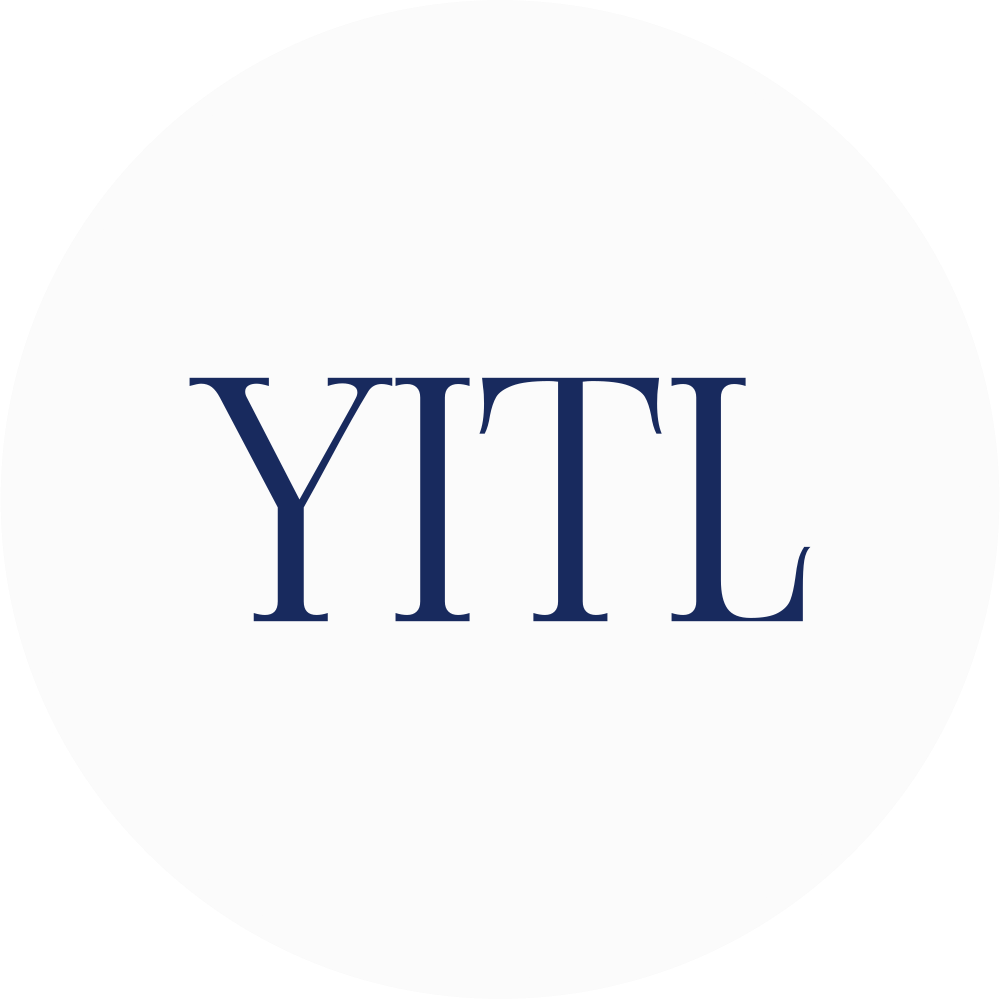Understanding how a TRUST works to understand how it could be useful to you
From a structural point of view, within the trust, we distinguish a first subject, called settlor, who transfers a set of movable assets - whether these rights on immovable or movable property, company shares or other rights - to a trustee, for the latter to administer, manage and dispose of them for the benefit of one or more third parties, beneficiaries, in accordance with the provisions set out in the Trust Deed.
The essential elements characterizing the trusts, according to the approach adopted by the famous Hague Convention of first of July 1985 are as follows: 1) the separation of the trust assets from the settlor's, trustee's and beneficiaries' assets; 2) the registration of the assets to the trustee; 3) the power and duty of the trustee to administer, manage and dispose of the assets according to the trust regulations or the law.
The settlor should therefore, preliminarily, identify a person who can hold the title of trustee, who will have to manage the assets.
With the transfer, the trustee - who can be a natural person, a fiduciary or trust company - becomes the owner of the assets moved to him, but he "is not the owner in his own right”".
In the Anglo-Saxon system it is customary to differentiate the position of the trustee, legal owner of the assets, from that of the beneficiaries, owners of a so-called Equitable Ownership.
In any case, the impediments contained in the trust deed will prevent the trustee to enjoy himself the benefits deriving from the possession of the trust assets.
It goes without saying that, in the act of constitution of the trust, must be accurately indicated, in addition to the identity of the beneficiaries, the ways in which they will derive and benefit from the assets, as well as the powers of the trustee.
Furthermore, a fourth subject may be envisaged, the so-called guardian (or protector), to whom to attribute the function of controlling and, at the same time, assisting the trustee in the management of the assets.
He is often entrusted - by virtue of his own expertise (especially legal) - to carry out a continuous activity of control over the trustee's competences.
The main effect of the establishment of a trust is the segregation of assets, by virtue of which the assets constituted in trust form a separate and autonomous patrimony, a distinct mass, with respect to the assets of the settlor, the trustee and the beneficiaries, with the consequence that such assets cannot be enforced by the creditors of these subjects.
Moreover, in the event of the death of the trustee, the assets will not enter the inheritance.
In the event of the death, revocation or replacement of the previous trustee, the assets are transferred by right to a new trustee appointed according to the procedures set out in the trust deed.
HOW A TRUST WORKS | FUNCTIONALITY OF A TRUST
A trust is a legal arrangement in which one or more persons, known as trustees, hold legal title to property for the benefit of one or more individuals, known as beneficiaries. The trust can be created by a written document, such as a trust agreement or will, or it can be created orally.
There are several types of trusts, including revocable trusts, irrevocable trusts, and testamentary trusts. The type of trust that is created will depend on the specific goals and needs of the trust creator, known as the settlor or grantor.
One of the primary functions of a trust is to manage and protect assets for the benefit of the beneficiaries. This can include holding and investing property, paying bills and expenses, and distributing income or assets to the beneficiaries according to the terms of the trust. Trusts can be used to manage assets during the settlor's lifetime, or they can be used to manage assets after the settlor's death.
Another important function of a trust is to avoid probate, which is the legal process of administering a person's estate after their death. If a person's assets are held in a trust, they do not need to go through probate, which can save time and money for the beneficiaries.
Trusts can also be used to achieve tax savings, by allowing assets to be transferred between generations in a tax-efficient manner. Trusts can also be used to protect assets from creditors or lawsuits.
In addition to managing and protecting assets, trusts can also be used to accomplish a variety of other goals, such as providing for the care of minor children or disabled adults, charitable giving, and family succession planning.
Overall, the function of a trust is to manage and protect assets for the benefit of the beneficiaries, while also achieving the specific goals and objectives of the trust creator. Trusts can be an important tool for estate planning and asset management, and can be customized to meet the specific needs and circumstances of each individual.
***
Contact us and speak with an international tax lawyer: https://yourinternationaltaxlawyers.net
Discover our courses
COURSE 1 TAX HAVENS COURSE - GOING GLOBAL COURSE - BUSINESS INTERNATIONALIZATION COURSE
https://yourinternationaltaxlawyers.net/index.php/course-1
COURSE 2 Learn 10 hidden strategies used by elites and multimillionaires to reduce their taxes, and start saving taxes right NOW, even without moving abroad
https://yourinternationaltaxlawyers.net/index.php/course-2
***
